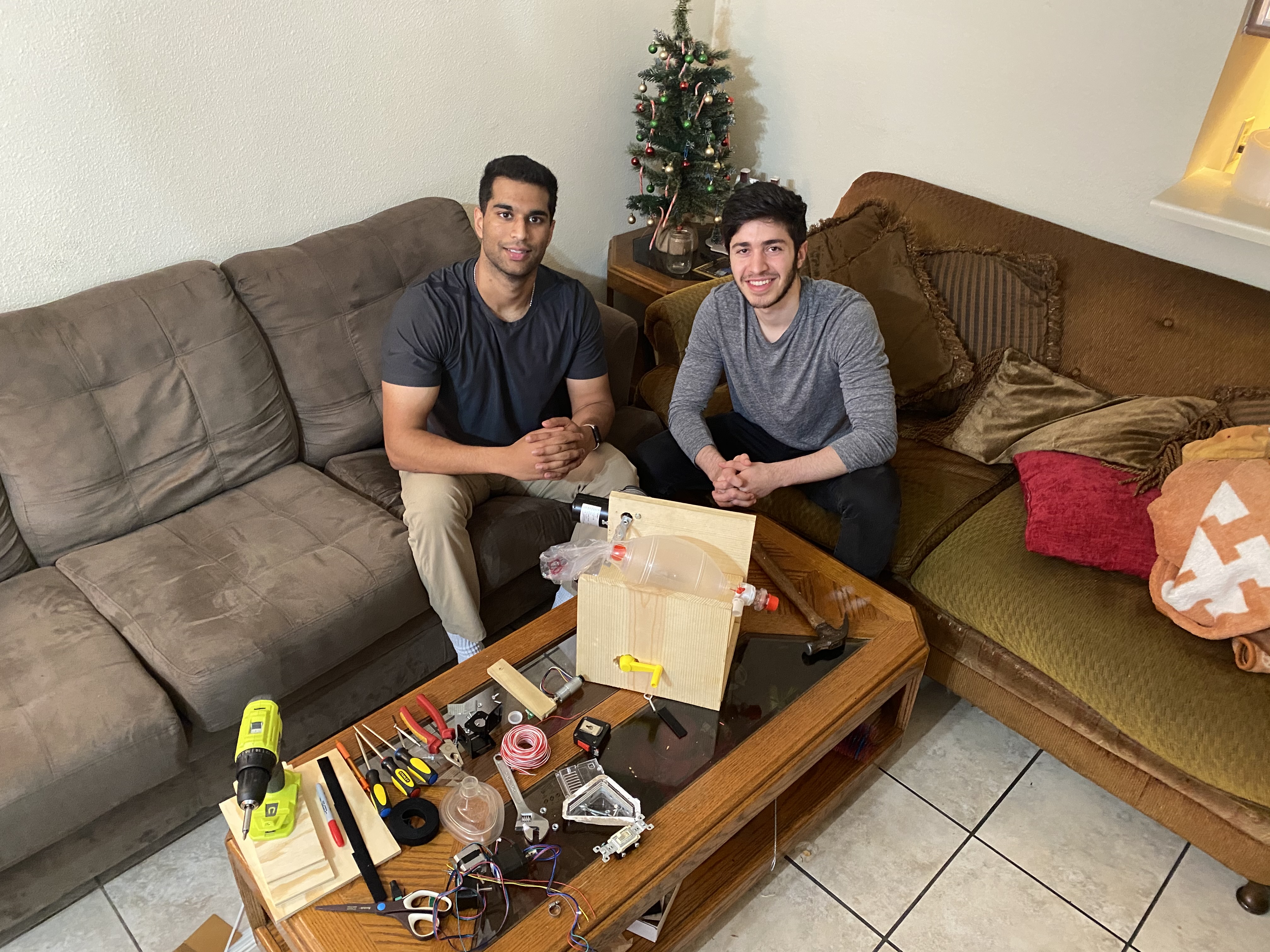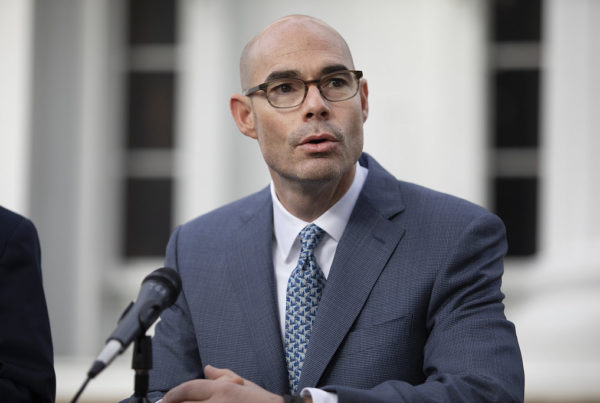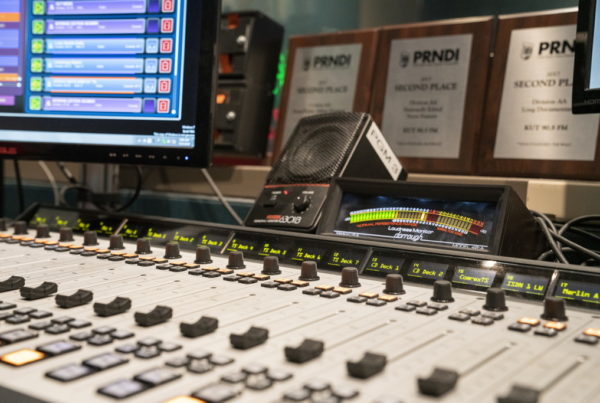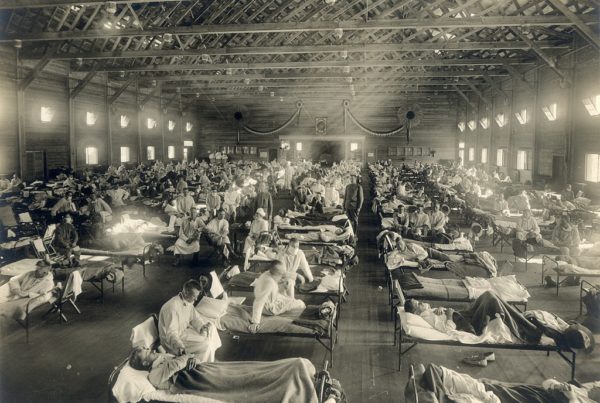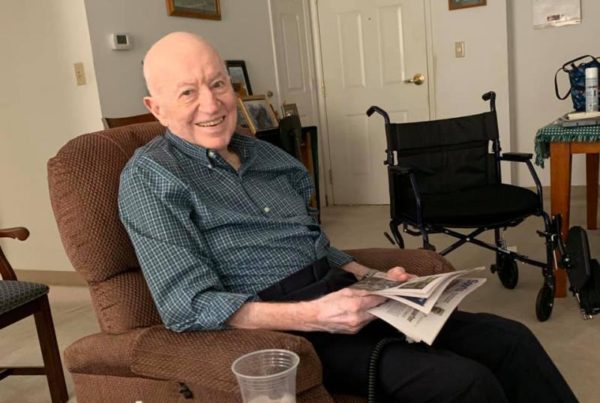Raghave Upadhyaya and his roommate Adam Saleh were watching news coverage of Italy’s ventilator shortage when they decided they had to do something about it.
The two, both recent University of Texas at Austin biomedical engineering graduates, are now among a fleet of inventors across Texas and the rest of the country. They are all trying to create a simpler, low-cost breathing ventilator, the breathing machine that pushes air to the lungs.
“It’s a Ferrari, you know. It’s a $30,000 machine that’s in hospital rooms and ICU beds and it can do all these fancy things and there are so many settings that you can control,” said Upadhyaya. “But really what you need is something like a ’94 Camry.”
Upadhyaya and Saleh are consulting with their former professors and new contacts at UT for advice on their project. But primarily they are working from their living room.
“Yeah, it’s kind of two couches, a drill, some wood, a bunch of circuit equipment, motors, and that’s it,” said Upadhyaya.
Amy Kavalewitz is the executive director of the Oshman Engineering Design Kitchen at Rice University in Houston, But since there are no students at Rice right now, Kavalewitz has embraced a different role: project manager for an emergency ventilator project.
These emergency devices would keep a patient stable and comfortable until a larger ventilator would become available, she said, all the while buying more time for researchers who are now working on a vaccine.
Using a 3D printer and laser cutter, Kavalewitz and her team have redesigned a plan built by some former Rice students.
“We designed it in a way that somebody who has intermediate-to-advanced skills and access to the type of equipment we were using, they could build one fairly quickly,” Kavalewitz said.
Meanwhile, a team at UT-Austin is also working on a ventilator substitute. That team is actually part of a brand-new Bridge Ventilator Consortium led by a doctor at the University of California-Irvine.
“A bunch of groups both in industry and in academia trying to figure out how we could put our minds together to address what we’ve been seeing in the news,” said Aydin Zahedivash, a UT-Austin student engineer on that project.
Like Rice University’s open-source design, the UT-Austin plan centers around the relatively cheap and readily-available bag valve mask or Ambu bag. Like a ventilator, these medical devices get air into the lungs. But, unlike a ventilator, they are pumped by hand. The challenge is to make them automatic. The UT team discovered a windshield wiper motor could do the trick.
“That’s right. It is a Toyota Camry motor from a 2016 Camry,” Zahedivash said.
Zahedivash said the team chose a Camry because of its ample supply chain – but another wiper motor could be subbed in if it were more readily available.
All the teams have now moved to the testing phase. Anything that is going to be used in the U.S. would need federal approval – or at least emergency authorization. But the researchers say low resource areas worldwide might need to implement their use even quicker.
If you found the reporting above valuable, please consider making a donation to support it here. Your gift helps pay for everything you find on texasstandard.org and KUT.org. Thanks for donating today.


